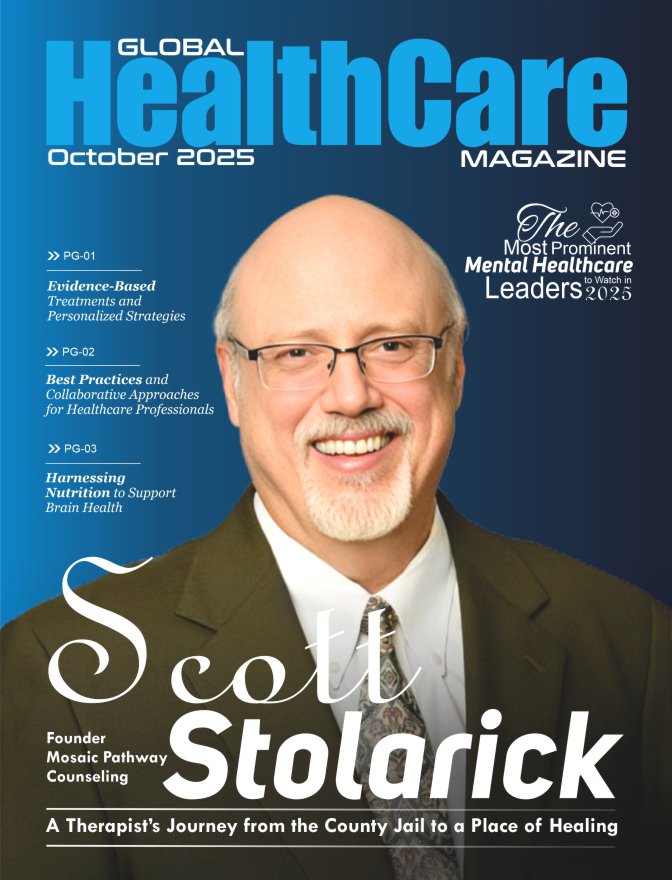When faced with a significant toothache, it’s natural to feel a sense of apprehension. You are often presented with a critical decision: attempt to save your natural tooth with a root canal, or opt for a tooth extraction. This choice extends beyond immediate pain relief; it is a pivotal decision that will influence your long-term oral health, function, and aesthetics.
Navigating the root canal vs tooth extraction dilemma requires clear, accurate information. This comprehensive guide is designed to illuminate both pathways, providing the expert insights you need to collaborate with your dentist and make the most informed decision for your well-being.
(Disclaimer: This blog is for informational purposes only. Always consult a healthcare professional for personalized advice.)
Let’s Understand Root Canal vs Tooth Extraction
1. The Crossroads of Your Toothache: More Than Just Pain
A persistent, sharp pain in your tooth is more than a simple discomfort. It should be understood as an urgent signal from the tooth’s innermost layer—the pulp—indicating a significant infection or severe damage.
At this juncture, two primary treatment avenues emerge. The first path focuses on preservation through endodontic therapy (a root canal). The second involves the complete removal of the tooth. A thorough understanding of each option is crucial for ensuring not only immediate relief but also the lasting health and integrity of your entire smile.
2. The Two Paths Explained: A Visual & Simple Breakdown
To better conceptualize these procedures, consider your natural tooth as a valuable, historic building.
- Root Canal (Saving a Historic Building):
A root canal procedure is analogous to a meticulous restoration of this historic building. While the foundation remains strong, the internal systems, such as the electrical and plumbing (the tooth’s pulp), have been compromised.
Rather than demolishing the structure, a dental professional—a dentist or an endodontist—carefully accesses the interior. They remove the damaged pulp, thoroughly cleanse and disinfect the space, and then seal it to prevent future contamination. Finally, a protective dental crown, much like a new roof, is placed to restore the tooth’s original strength and appearance, preserving it for years of continued function.
- Tooth Extraction (Demolishing a Building Beyond Repair):
Conversely, a tooth extraction is comparable to demolishing a building that is structurally compromised beyond salvageable repair.
The tooth is carefully removed from its socket within the jawbone. Although this resolves the immediate issue, it creates a void. If this space is left unfilled, it can negatively affect the surrounding structures, including adjacent teeth and the underlying bone.
3. The Deciding Factors: A 5-Point Personal Assessment
Choosing the appropriate treatment involves a careful evaluation of five key factors in consultation with your dental provider.
1. The Long-Term Vision for Your Smile
Consider the long-term impact on your smile’s function and appearance. A root canal preserves your natural tooth, which is essential for maintaining proper bite alignment and protecting adjacent teeth from undue wear. This approach also supports the surrounding jawbone structure.
An extraction, while effective for a non-restorable tooth, creates a gap that can lead to complications over time. These include the shifting of adjacent teeth and significant bone resorption at the extraction site. Human studies have quantified this, showing a horizontal bone loss of 29-63% and a vertical bone loss of 11-22% within six months following an extraction. This bone loss can complicate future tooth replacement options like dental implants.
2. The Financial Reality (Short-Term vs. Lifetime Cost)
Let’s examine the financial considerations. Initially, a tooth extraction is the less expensive procedure, with costs generally ranging from $75 to $650.
However, it is crucial to consider the subsequent costs of replacing the missing tooth. A dental implant can range from $3,000 to $7,000, and a dental bridge averages $1,500 to $5,000. These necessary follow-up treatments can make extraction a more costly long-term solution. In contrast, a root canal and crown, typically costing $700 to $1,500 upfront, often proves more cost-effective over a lifetime by preserving the natural tooth and eliminating the need for replacement.
3. The Time and Recovery Commitment
The recovery period for a root canal is generally brief. Discomfort typically subsides within a few days, allowing for a swift return to normal daily activities.
A tooth extraction requires a more extended healing period of one to two weeks for the socket to properly heal. Patients are advised to avoid strenuous activities and smoking during this time to promote healing and prevent complications.
4. The Health of the Tooth and Gums
The clinical condition of the tooth is the primary determinant. A root canal is the preferred treatment when a tooth’s pulp is infected, but the overall tooth structure is sound and can be restored, as with deep cavities or certain fractures.
An extraction becomes medically necessary when a tooth is severely damaged beyond the point of repair. This includes cases of extensive decay, deep fractures that extend to the root, or severe dental trauma. It may also be indicated for orthodontic reasons or impacted wisdom teeth.
5.Your Personal Comfort and Anxiety
Modern dentistry ensures that patient comfort is a priority. With the use of effective local anesthesia, both root canals and extractions are performed with minimal to no discomfort during the procedure.
Post-procedurally, some temporary, mild pain or swelling is normal and can be managed with over-the-counter pain relievers. For patients who experience dental anxiety, various sedation options are available to ensure a calm and comfortable experience.
4. Beyond the Procedure: What to Expect in the Years to Come
Your long-term dental outlook is heavily influenced by your treatment choice and subsequent care.
- For Root Canal:
Root canal treatments have a very high rate of success, with numerous studies reporting success rates exceeding 95%.
With a permanent restoration like a crown and diligent oral hygiene, a root-canal-treated tooth can function effectively for a lifetime. The median survival time for these teeth is 11.1 years, with 26% surviving more than 20 years. Notably, the key to this longevity is proper restoration; teeth receiving both a filling and a crown had a median survival of 20.1 years, significantly longer than those with only a crown (11.4 years) or only a filling (11.2 years).
- For Extraction:
Following an extraction, replacing the missing tooth is crucial to prevent bone loss and malocclusion. A dental implant is considered the gold standard for tooth replacement because it mimics a natural tooth root, thereby maintaining jawbone density. Dental implants also demonstrate high survival rates, with studies reporting 98.4% for immediate placement and 98.6% for placement in healed sites.
5. Your Empowered Conversation with the Dentist
To facilitate an informed discussion with your dentist, consider asking the following questions:
- “Based on my X-ray, what is the long-term prognosis for this tooth if we perform a root canal?”
- “Can you provide a breakdown of the total estimated cost, from this procedure to the final restoration?”
- “If extraction is chosen, am I a good candidate for a future dental implant?”
- “What are the specific risks and benefits of each procedure as they relate to my individual health?”
- “What are the expected recovery times and post-procedure care instructions for both options?”
- “Are there any alternative treatments I should consider?”
My Opinion
In the dental profession, countless patients are guided through the root canal vs tooth extraction decision. And, clinical philosophy remains steadfast: whenever possible, preserving the natural tooth is the superior biological and financial choice.
A root canal is a testament to modern dentistry’s capacity to save what is naturally yours, offering long-term stability and function without the subsequent complications and costs that frequently follow an extraction. Always seek a thorough evaluation and engage in an open discussion with your dentist. Your natural tooth is an irreplaceable asset, deserving of every effort to be saved.
If you found this guide informative, please consider sharing it with friends or family who may be facing a similar dental decision. Your support can help others make an empowered choice.
FAQs
- Which is more painful: a root canal or an extraction?
The reality may surprise you. With modern anesthetics, both procedures are well-managed. In fact, research indicates that patients are six times more likely to describe a root canal as painless compared to an extraction. Post-procedure discomfort is typically milder, and recovery is quicker with a root canal.
- Is it cheaper to just pull the tooth?
Initially, the cost of an extraction is lower. However, when you factor in the necessary cost of replacing the tooth with an implant, bridge, or denture, the total long-term expense often exceeds that of a root canal, which preserves the natural tooth.
- How long does a root canal last?
With proper care and a permanent restoration, a tooth treated with a root canal can last for many years, often for the patient’s entire life. A large national study reported the overall median survival time to be 11.1 years, with 26% of treated teeth lasting beyond 20 years.
- Do I really need to replace an extracted back tooth?
Yes, replacing a posterior tooth is highly recommended. The absence of the tooth can cause adjacent teeth to shift, creating bite interferences and alignment issues. Furthermore, the jawbone in the area will deteriorate over time without the stimulation of a tooth root.
- Can’t I just take antibiotics to fix the infection?
Antibiotics can help manage the symptoms of an infection temporarily by reducing bacteria, but they cannot resolve the source of the problem—the infected pulp tissue inside the tooth. Without removing this tissue, the infection will persist and can lead to more serious complications, such as an abscess or bone loss.



















